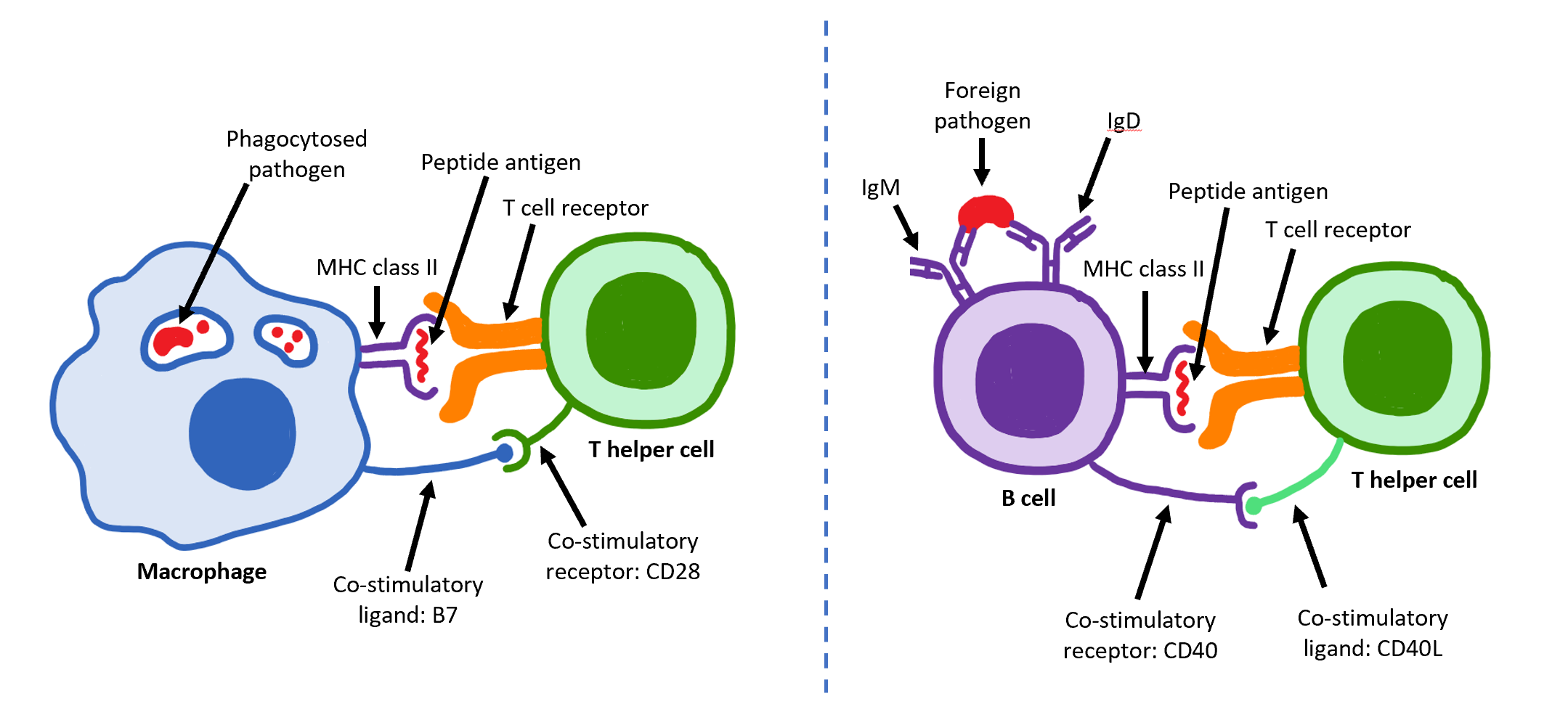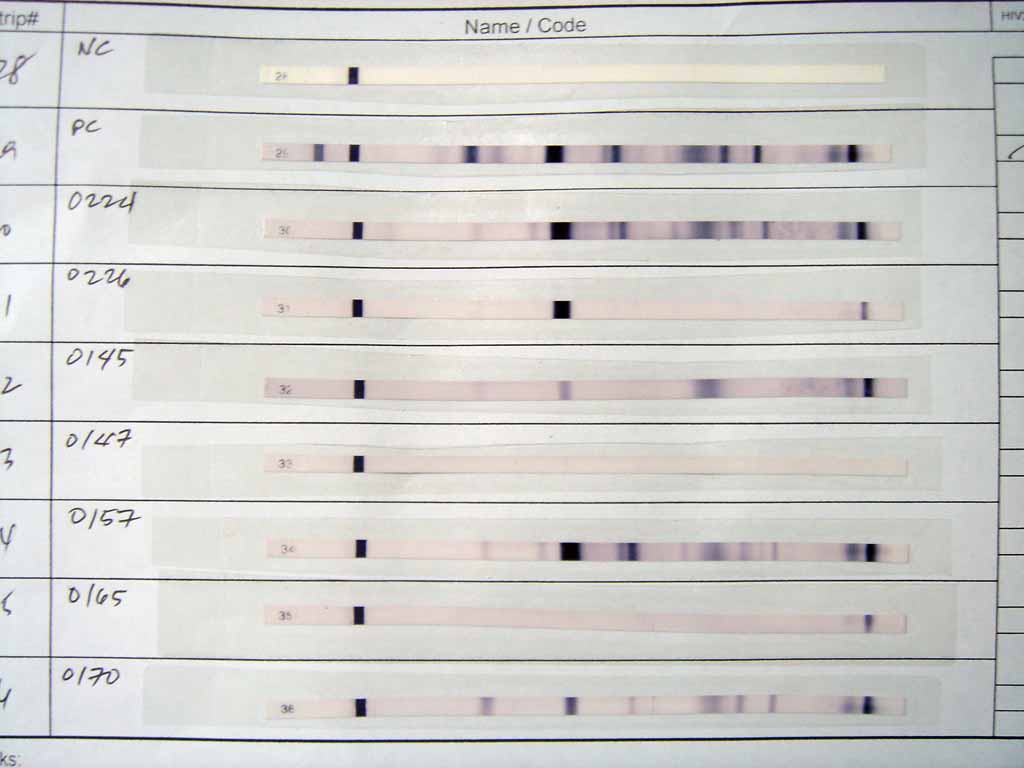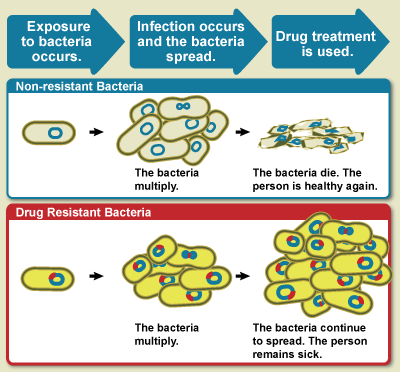|
Viral Load Monitoring For HIV
Viral load monitoring for HIV is the regular measurement of the viral load of individual HIV-positive people as part of their personal plan for treatment of HIV/AIDS. A count of the viral load is routine before the start of HIV treatment. Types Various viral load tests might be used. One way to classify tests is by whether it is a nucleic acid test or non-nucleic acid test. Variation in cost and the time it takes to get a result may be factors in selecting the type of test used. Uses Viral load monitoring is used by HIV-positive people to develop a plan for their personal treatment of HIV/AIDS. A count of the viral load is routine before the start of HIV treatment. If the treatment is not changed, then viral load is monitored with testing every 3–4 months to confirm a stable low viral load. Patients who are medically stable and who have low viral load for two years may get viral load counts every 6 months instead of 3. If a viral load count is not stable or sufficiently lo ... [...More Info...] [...Related Items...] OR: [Wikipedia] [Google] [Baidu] |
Viral Load
Viral load, also known as viral burden, is a numerical expression of the quantity of virus in a given volume of fluid, including biological and environmental specimens. It is not to be confused with viral titre or viral titer, which depends on the assay. When an assay for measuring the infective virus particle is done (Plaque assay, Focus assay), viral titre often refers to the ''concentration'' of infectious viral particles, which is different from the ''total'' viral particles. Viral load is measured using body fluids sputum and blood plasma. As an example of environmental specimens, the viral load of norovirus can be determined from run-off water on garden produce. Norovirus has not only prolonged viral shedding and has the ability to survive in the environment but a minuscule infectious dose is required to produce infection in humans: less than 100 viral particles. Viral load is often expressed as viral particles, (virions) or infectious particles per mL depending on the type ... [...More Info...] [...Related Items...] OR: [Wikipedia] [Google] [Baidu] |
Helper T Cell
The T helper cells (Th cells), also known as CD4+ cells or CD4-positive cells, are a type of T cell that play an important role in the adaptive immune system. They aid the activity of other immune cells by releasing cytokines. They are considered essential in B cell antibody class switching, breaking cross-tolerance in dendritic cells, in the activation and growth of cytotoxic T cells, and in maximizing bactericidal activity of phagocytes such as macrophages and neutrophils. CD4+ cells are mature Th cells that express the surface protein CD4. Genetic variation in regulatory elements expressed by CD4+ cells determines susceptibility to a broad class of autoimmune diseases. Structure and function Th cells contain and release cytokines to aid other immune cells. Cytokines are small protein mediators that alter the behavior of target cells that express receptors for those cytokines. These cells help polarize the immune response depending on the nature of the immunological ins ... [...More Info...] [...Related Items...] OR: [Wikipedia] [Google] [Baidu] |
Swiss Medical Weekly
The ''Swiss Medical Weekly'' is a peer-reviewed open access medical journal published by the SMW supporting association. It was established in 1871 as the ''Correspondenz-Blatt für Schweizer Aerzte'', then renamed to ''Schweizerische Medizinische Wochenschrift'', before obtaining its current title in 2001. SMW was one of the first journals to adhere to the principles of Diamond open access (also known as Platinum Open Access). The editors-in-chief are Adriano Aguzzi and Gérard Waeber. Abstracting and indexing The journal is abstracted and indexed in: * Directory of Open Access Journals * EMBASE * MEDLINE/PubMed * Science Citation Index Expanded According to the ''Journal Citation Reports'', the journal has a 2021 impact factor of 4.203. Important papers In 1957 Roland Kuhn published an observational study on the effectiveness of Imipramine in treating Depression (mood) Depression is a mental state of low Mood (psychology), mood and aversion to activity. It affects ... [...More Info...] [...Related Items...] OR: [Wikipedia] [Google] [Baidu] |
Swiss Statement
The Swiss Statement (French: ''La déclaration suisse''; known in German as ''das EKAF-Statement''), or the Swiss Consensus Statement, was an announcement published in January 2008 by the Swiss Federal Commission for AIDS/HIV (EKAF, ''Eidgenössischen Kommission für Aids-Fragen'') outlining the conditions under which an HIV-positive individual could be considered functionally noncontagious: with adherence to antiretroviral therapy, a sufficiently low viral load, and a lack of any other sexually transmitted diseases. While at the time lacking the backing of complete, fully randomized clinical studies, the Commission felt the existing evidence for non-contagiousness for people on antiretroviral treatment was nonetheless strong enough to warrant official publication. The Statement generated significant controversy, with some defending it as based on adequate existing scientific evidence and as beneficial for people with HIV, and others maintaining that it was misleading and possibl ... [...More Info...] [...Related Items...] OR: [Wikipedia] [Google] [Baidu] |
Safe Sex
Safe sex is sexual activity using methods or contraceptive devices (such as condoms) to reduce the risk of transmitting or acquiring sexually transmitted infections (STIs), especially HIV. "Safe sex" is also sometimes referred to as safer sex or protected sex to indicate that some safe sex practices do not eliminate STI risks. It is also sometimes used colloquially to describe methods aimed at preventing pregnancy that may or may not also lower STI risks. The concept of "safe sex" emerged in the 1980s as a response to the global AIDS epidemic, and possibly more specifically to the AIDS crisis in the United States. Promoting safe sex is now one of the main aims of sex education and STI prevention, especially reducing new HIV infections. Safe sex is regarded as a harm reduction strategy aimed at reducing the risk of STI transmission. Although some safe sex practices (like condoms) can also be used as birth control (''contraception''), most forms of contraception do not ... [...More Info...] [...Related Items...] OR: [Wikipedia] [Google] [Baidu] |
ELISA
The enzyme-linked immunosorbent assay (ELISA) (, ) is a commonly used analytical biochemistry assay, first described by Eva Engvall and Peter Perlmann in 1971. The assay is a solid-phase type of enzyme immunoassay (EIA) to detect the presence of a ligand (commonly an amino acid) in a liquid sample using antibodies directed against the ligand to be measured. ELISA has been used as a medical diagnosis, diagnostic tool in medicine, plant pathology, and biotechnology, as well as a quality control check in various industries. In the most simple form of an ELISA, antigens from the sample to be tested are attached to a surface. Then, a matching antibody is applied over the surface so it can bind the antigen. This antibody is linked to an enzyme, and then any unbound antibodies are removed. In the final step, a substance containing the enzyme's Enzyme substrate, substrate is added. If there was binding, the subsequent reaction produces a detectable signal, most commonly a color change. ... [...More Info...] [...Related Items...] OR: [Wikipedia] [Google] [Baidu] |
Antibody
An antibody (Ab) or immunoglobulin (Ig) is a large, Y-shaped protein belonging to the immunoglobulin superfamily which is used by the immune system to identify and neutralize antigens such as pathogenic bacteria, bacteria and viruses, including those that cause disease. Each individual antibody recognizes one or more specific antigens, and antigens of virtually any size and chemical composition can be recognized. Antigen literally means "antibody generator", as it is the presence of an antigen that drives the formation of an antigen-specific antibody. Each of the branching chains comprising the "Y" of an antibody contains a paratope that specifically binds to one particular epitope on an antigen, allowing the two molecules to bind together with precision. Using this mechanism, antibodies can effectively "tag" the antigen (or a microbe or an infected cell bearing such an antigen) for attack by cells of the immune system, or can neutralize it directly (for example, by blocking a p ... [...More Info...] [...Related Items...] OR: [Wikipedia] [Google] [Baidu] |
HIV Test
HIV tests are used to detect the presence of the human immunodeficiency virus (HIV), the virus that causes HIV/AIDS, in serum, saliva, or urine. Such tests may detect antibodies, antigens, or RNA. AIDS diagnosis AIDS is diagnosed separately from HIV. Terminology The eclipse period is a variable period starting from HIV exposure in which no existing test can detect HIV. The median duration of the eclipse period in one study was 11.5 days. The window period is the time between HIV exposure and when an antibody or antigen test can detect HIV. The median window period for antibody/antigen testing is 18 days. Nucleic acid testing (NAT) further reduces this period to 11.5 days. Performance of medical tests is often described in terms of: * Sensitivity: The percentage of the results that will be positive when HIV is present * Specificity: The percentage of the results that will be negative when HIV is not present. All diagnostic tests have limitations, and sometimes thei ... [...More Info...] [...Related Items...] OR: [Wikipedia] [Google] [Baidu] |
Window Period
In medicine, the window period for a test designed to detect a specific disease (particularly infectious disease) is the time between first infection and when the test can reliably detect that infection. In antibody-based testing, the window period is dependent on the time taken for seroconversion. The window period is important to epidemiology and safe sex strategies, and in blood and organ donation, because during this time, an infected person or animal cannot be detected as infected but may still be able to infect others. For this reason, the most effective disease-prevention strategies combine testing with a waiting period longer than the test's window period. Examples HIV The window period for HIV may be up to three months, depending on the test method and other factors. RNA based HIV tests has the lowest window period. Modern and accurate testing abilities can cut this period to 25 days, 16 days, or even as low as 12 days, again, depending on the type of test and the qua ... [...More Info...] [...Related Items...] OR: [Wikipedia] [Google] [Baidu] |
Mutations
In biology, a mutation is an alteration in the nucleic acid sequence of the genome of an organism, virus, or extrachromosomal DNA. Viral genomes contain either DNA or RNA. Mutations result from errors during DNA or viral replication, mitosis, or meiosis or other types of damage to DNA (such as pyrimidine dimers caused by exposure to ultraviolet radiation), which then may undergo error-prone repair (especially microhomology-mediated end joining), cause an error during other forms of repair, or cause an error during replication ( translesion synthesis). Mutations may also result from substitution, insertion or deletion of segments of DNA due to mobile genetic elements. Mutations may or may not produce detectable changes in the observable characteristics (phenotype) of an organism. Mutations play a part in both normal and abnormal biological processes including: evolution, cancer, and the development of the immune system, including junctional diversity. Mutation is the ... [...More Info...] [...Related Items...] OR: [Wikipedia] [Google] [Baidu] |
Drug Resistance
Drug resistance is the reduction in effectiveness of a medication such as an antimicrobial or an antineoplastic in treating a disease or condition. The term is used in the context of resistance that pathogens or cancers have "acquired", that is, resistance has evolved. Antimicrobial resistance and antineoplastic resistance challenge clinical care and drive research. When an organism is resistant to more than one drug, it is said to be multidrug-resistant. The development of antibiotic resistance in particular stems from the drugs targeting only specific bacterial molecules (almost always proteins). Because the drug is ''so'' specific, any mutation in these molecules will interfere with or negate its destructive effect, resulting in antibiotic resistance. Furthermore, there is mounting concern over the abuse of antibiotics in the farming of livestock, which in the European Union alone accounts for three times the volume dispensed to humans – leading to development of super-re ... [...More Info...] [...Related Items...] OR: [Wikipedia] [Google] [Baidu] |
Opportunistic Disease
An opportunistic infection is an infection that occurs most commonly in individuals with an immunodeficiency disorder and acts more severe on those with a weakened immune system. These types of infections are considered serious and can be caused by a variety of pathogens including viruses, bacteria, fungi, and parasites. Under normal conditions, such as in humans with uncompromised immune systems, an opportunistic infection would be less likely to cause significant harm and would typically result in a mild infection or no effect at all. These opportunistic infections can stem from a variety of sources, such as a weakened immune system (caused by human immunodeficiency virus and acquired immunodeficiency syndrome), when being treated with immunosuppressive drugs (as in cancer treatment), when a microbiome is altered (such as a disruption in gut microbiota), or when integumentary barriers are breached (as in penetrating trauma). Opportunistic infections can contribute to antimicrobial ... [...More Info...] [...Related Items...] OR: [Wikipedia] [Google] [Baidu] |




